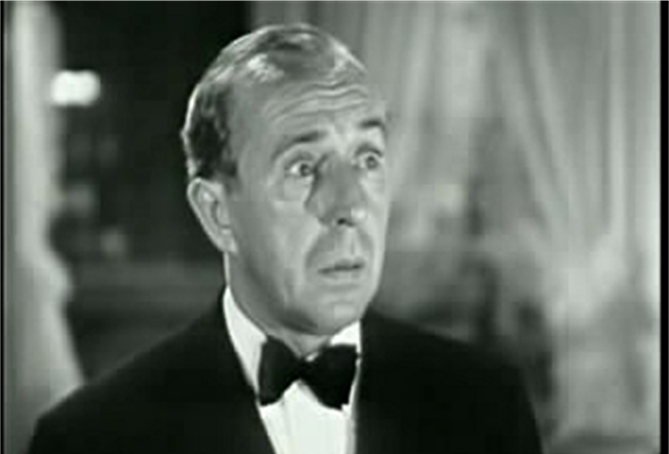The following is an excerpt from Aaron Helman’s new Michiana history book, Ride the Jack Rabbit: More of the People, Places, and Events that Made Michiana Fascinating. Learn more about this book, place a preorder, or offer support at Aaron’s Kickstarter now through July 30.
For most of the first half of the 20th Century, South Bend was a two-newspaper town. The Tribune and the News-Times fought for scoops and stories and subscribers, each trying to nudge the other a little closer to irrelevancy. Somehow The Tribune came out of the slugfest on top and the News-Times shuttered operations in 1938, unable to fully emerge from the other side of the Great Depression. To be sure, there were financial problems and business issues that the paper couldn’t solve; but for all of its failures, the South Bend News-Times would never be able to blame its writers, an unexpectedly impressive group of individuals with deep and wide-reaching plaudits far beyond local news.
The newsroom once included Charles Butterworth, a man who would later move onto the New York Times, onto Vaudeville and Broadway, onto the silver screen, and eventually onto the Hollywood Walk of Fame. Butterworth was a bona fide star with more than 30 film credits to his name, including a starring role alongside Clark Gable in “Forsaking All Others.”

Despite his otherwise serious expression, Butterworth’s wheelhouse was deadpan comedy. Unlike other actors who freely dealt in over-the-top cheese, Butterworth’s delivery was more subtle, occasionally tilting toward the kind of anti-comedy that would still play well today. It was a popular, but sometimes divisive shtick, earning either praise or derision from New York Times columnist Alma Whitaker, who called Butterworth a:
professional silly ass
Butterworth’s old cohorts at the News-Times would have likely agreed with the assessment. When the young reporter played a prank on his bosses by fictitiously reporting the death of a prominent South Bend citizen, they fired him from his duties. It’s uncertain if the obituary actually ran or if the joke was caught before the paper went to press. Either way, I spent way too long in the microfilm trying to find it.
Butterworth’s termination from the News-Times forced him out of South Bend and ended up being just the thing to jumpstart his impressive second career. And even though the Butterworth name doesn’t immediately call forth echoes of old Hollywood, his legacy lives on in a truly unexpected way.
Today, despite his undeniable success as a star on the stage and the screen, Butterworth’s influence echoes at every grocery store in America. That’s because he is literally the inspiration for the beloved naval cereal mascot, Cap’n Crunch.
Butterworth moved onto New York, where he landed an audition in the musical revue show Americana, coincidentally written by J.P. McEvoy, another alum of the South Bend News-Times. He landed a role in the show, a bit player among the larger stars, but once the reviews came out, Butterworth outshone them all.
Time Magazine remarked that Butterworth, then “utterly unknown to Broadway,” was the funniest performer. A review in New York World could not recall such an “inexperienced player making such an impression.” In a show filled with stars, Charles Butterworth had stolen the spotlight from all of them. He wouldn’t need to beg his hometown acquaintances to let him audition for their shows any longer. Based on his success in Americana, studios and theaters would be begging Butterworth to appear in their shows. During the next 20 years, his newfound fame would lead him into deep and lasting friendships with dignitaries like Oscar Hammerstein and Fred Astaire.
Charles Butterworth was killed in a car wreck in Hollywood in 1946, bringing a premature close to his acting career after spending 20 years on Broadway and in Hollywood starring alongside Astaire, Laurel and Hardy, Carole Lombard, Bob Hope and Clark Gable. His death also brought an end to his engagement to actress Natalie Schafer, who would go on to be best known as Mrs. Howell in Gilligan’s Island. He was honored with a star on the Hollywood Walk of Fame in 1960.
For more stories like this one, be sure to check out Ride the Jack Rabbit by Aaron Helman on Kickstarter.
